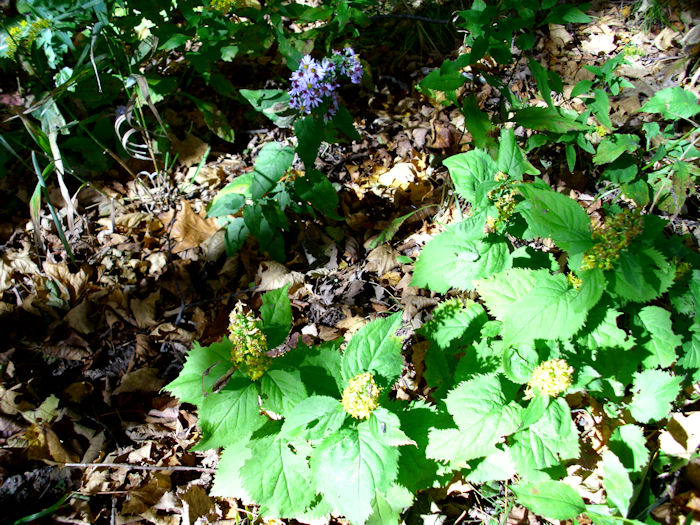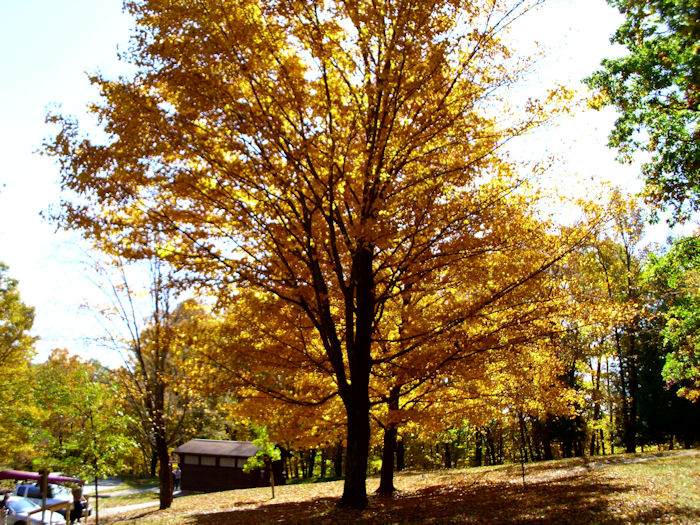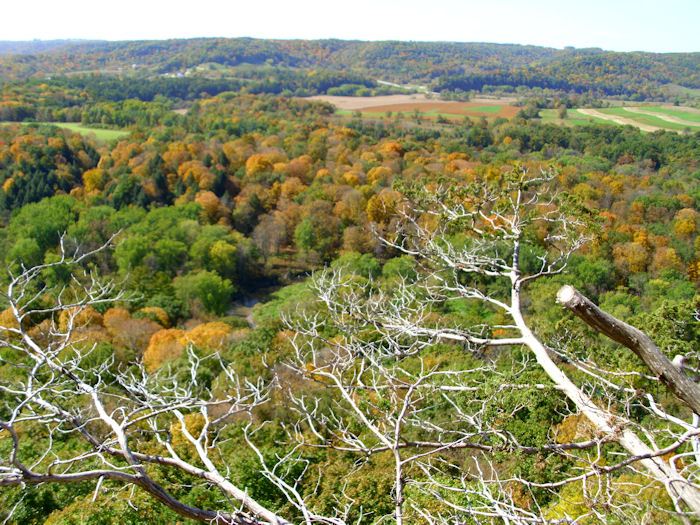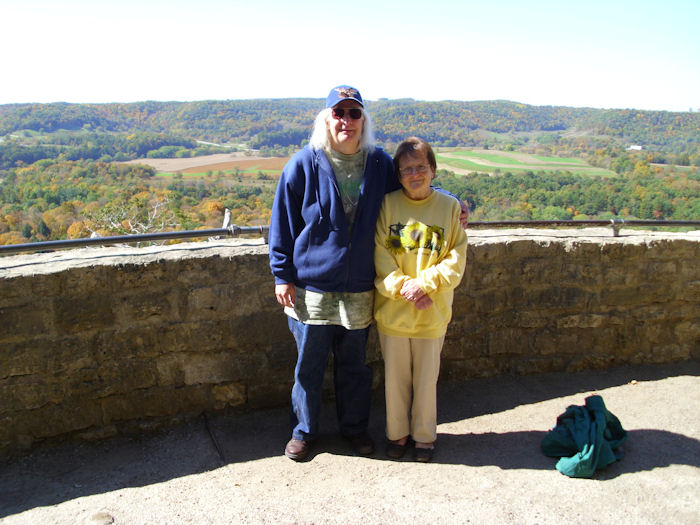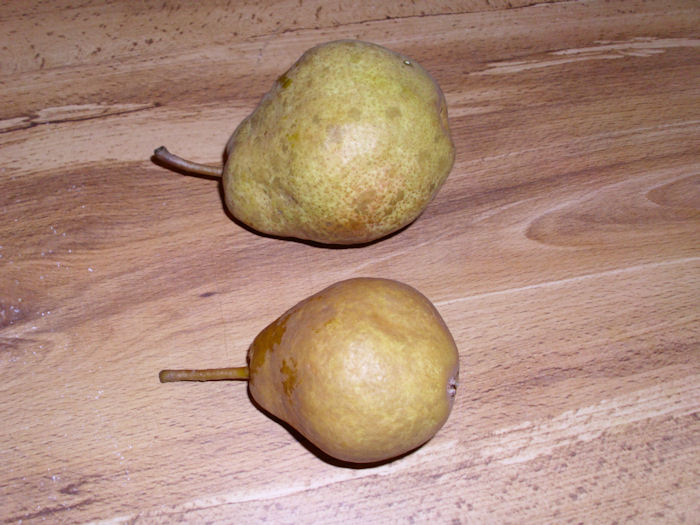Both Windows Command-Line Administration Instant Reference and Administering Windows Server 2008 Server Core contain a number of advanced commands, such as SetX, that don’t come with the operating system. A number of readers have written to ask about these commands and where they can get them. Fortunately, Microsoft makes it easy to get what you need by downloading and installing the Windows XP Service Pack 2 Support Tools.
The Support Tools site contains a list of the commands and utilities you get. Included in this list are two important MMC console configuration files (ADSIEdit.msc and SIDWalk.msc) that make management tasks considerably easier. There is an executable form of ADSIEdit, but Support Tools doesn’t include it and you can’t use ADSIEdit as a command line tool anyway. The SIDWalk utility comes in executable (.exe) form as well so that you can use it in batch files.
In order to install the Support Tools, you must provide 5 MB hard drive space. Of course, coming up with that small amount of space isn’t the problem it once was. You must also have Windows XP Service Pack 2 (or higher) installed.
Something that Microsoft doesn’t emphasize is that these tools don’t work with the 64-bit version of Windows XP. Unfortunately, I haven’t found a workaround for the problem. Utilities created for newer 64-bit versions of Windows, such as Windows 7, don’t appear to work with Windows XP. If someone has a solution to this problem, please let me know.
After you download Support Tools, you may have to add a new path to your Windows setup. You perform this task using the Environment Variables dialog box. Simply open the System Properties applet, select the Advanced tab, and click Environment Variables to access it. Make sure you add the path to your installation to the existing Path and don’t overwrite the existing path with the new information. (Highlight the Path entry in the System Variables list and click Edit to display the Edit System Variable dialog box.) In most cases, the Support Tools install to the %Program Files%\Support Tools folder, which means you’d type ;%Program Files%\Support Tools at the end of the existing Path environment variable.
I’ll provide updates to this post as needed. If you have any questions, please contact me at [email protected].

